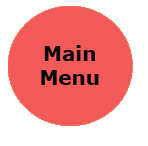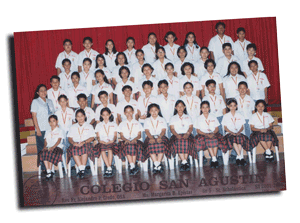
The Philippines is an archipelago in Southeast Asia, neighboring China to the North and Indonesia to the South. The Spanish colonization of the Philippines in the 1800s as well as the American occupation of the country in the early 1900s influenced the current Filipino education system
Education is a very important part of Filipino culture. Most families sacrifice a lot in order to send their kids to school. Public schools are free in the Philippines though there has been a problem with regards to access to and the quality of public school (some schools can have 80 - 100 students per classroom). Therefore, many families send their kids to private schools, many of which are affiliated with a religious organization.
Many students start school in the kindergarten level (and some schools may have a few levels considered “pre-elementary”) and then enter elementary school at age 7. Elementary school starts with grade 1 and ends with grade 6; after this, students enter high school, starting from first year to fourth year. Those who can afford it or those who can get academic scholarships attend universities, usually for four years.
The school year follows the wet and dry seasons. Summer vacation is during the dry season of April until May and the school year starts with the wet season, spanning from June to March.
For more information, visit the following websites:
Philippines - Educational System - An Overview
Philippines: A Country Study - Education
Department of Education of the Phlippines



